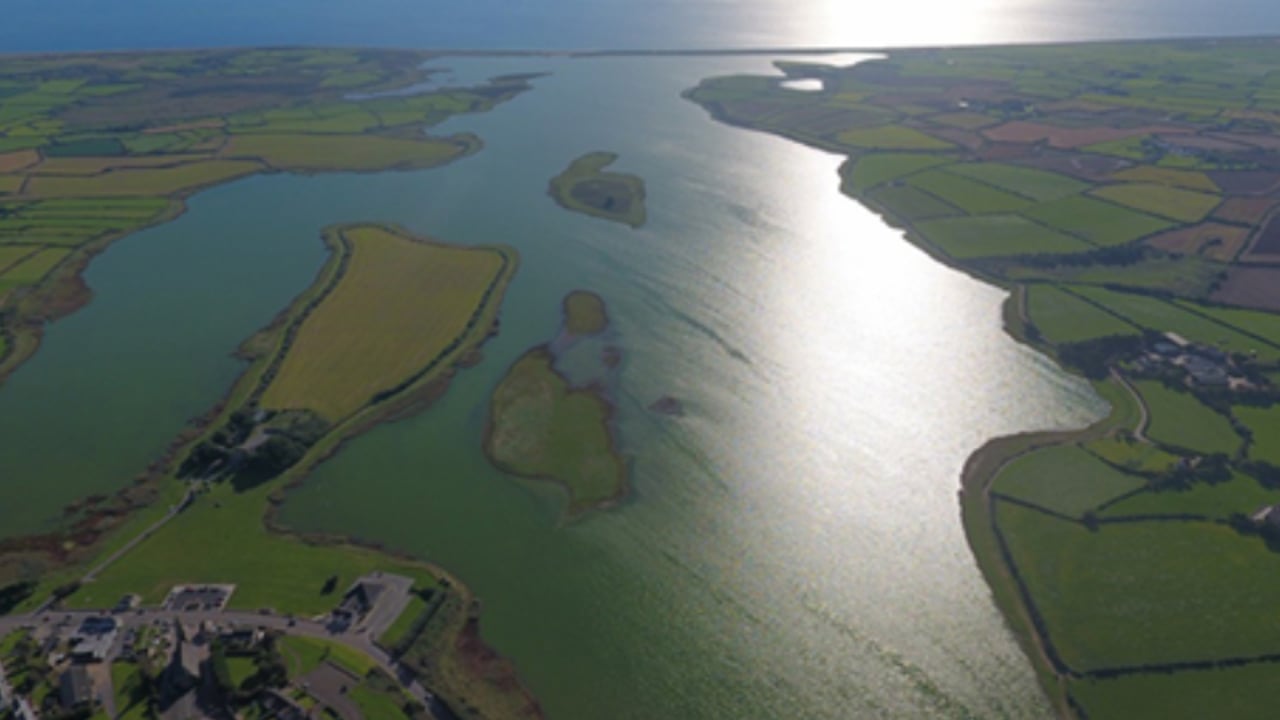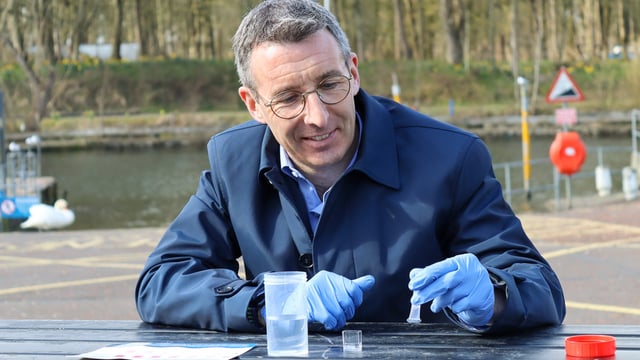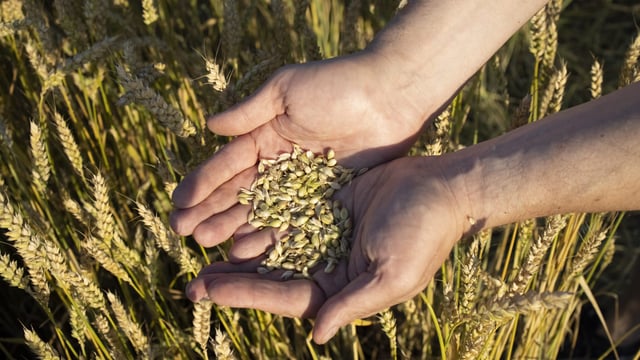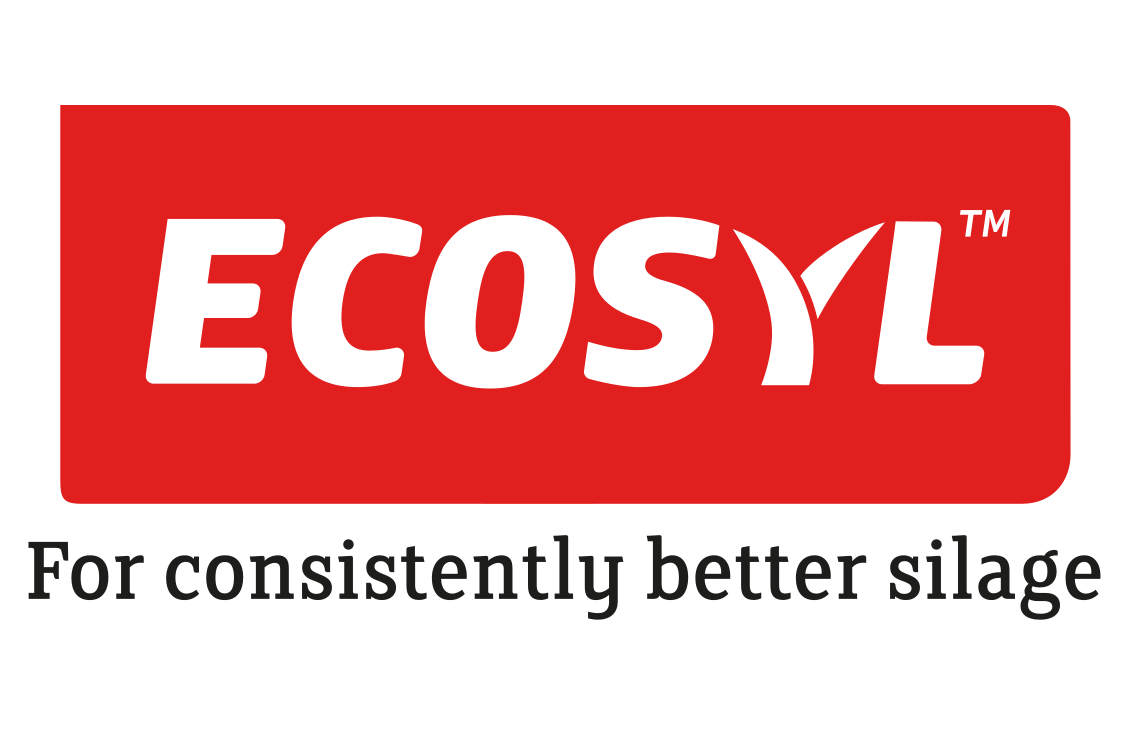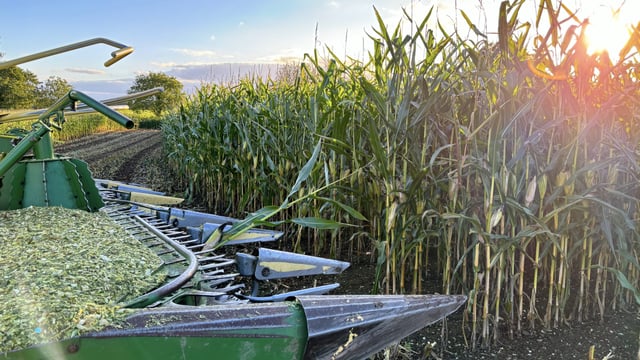Wexford's Lady's Island Lake 'severely damaged' by excess nutrients
Scientists have sounded the alarm on the declining ecological state of Lady's Island Lake in Co. Wexford, where the same toxic blue-green algae blooms evident on Lough Neagh have been detected in growing volumes.
A recently published Environmental Protection Agency (EPA) report, titled 'Coastal Lagoons: Ecology and Restoration (CLEAR)', found that the ecology of the brackish Co. Wexford lake has been "severely damaged by nutrient over-enrichment", resulting in harmful algal blooms and fish kills.
Lady’s Island Lake is a saline lagoon with a surface area of over 300ha. As it is protected under the EU’s Habitats Directive as a priority habitat, any existential threat posed to the lake constitutes a legal violation under Ireland's EU environmental obligations.
According to the EPA, the purpose of the CLEAR project was to understand the extent to which the lake has been polluted by nutrients such as nitrogen and phosphorous, and the subsequent impact of this pollution on its ecology.
This was achieved by a team of scientists who compared the current ecological state of Lady’s Island Lake to historic data recorded on the lake, as well as to another saline lagoon known to be unimpacted by nutrient enrichment – Ballyteige Channels, which served as a control site.
Aquatic ecologist Cilian Roden was one of the independent scientists commissioned by the EPA to collaborate on the CLEAR project. He spoke to Agriland about the situation at hand:
"Quite clearly, it's in a mess. The reason we know this is because we have access to studies conducted by Brenda Healy from (University College Dublin) UCD in the 1980s, which provided clear descriptions of what it was like then, and we're also fortunate to have a control.
"There's a gravel company about 20 miles away from the lake who scooped out a pool by the seashore which, because the sea was so close, became brackish and developed the exact same fauna flora we used to see at Lady's Island Lake.
"The difference hits you between the eyes. The amount of nitrogen and indeed phosphorus in the control site is a fraction of what's going into Lady's Island Lake."
According to Roden, the lagoon is now an "appalling" shade of green due to the mass algal culture in bloom, which has compromised the ecological equilibrium of the lake to the point where biodiversity losses have been reported as a result of the anoxic conditions at play.
"No light gets to the bottom of the lagoon so all the plants die. Then the planktonic algae bloom but, since nothing eats them, they too die and sink to the bottom of the lagoon and the whole place becomes anoxic, which then kills all the insects and fish," he explained.
Reluctant to point the finger of blame, Roden instead referred to the report's findings which indicated that agriculture was the source of the lake's excess nutrient levels.
"You have to be very forensic, because it's not fair to sort of wave a flag and say farmers are to blame. We need to stick to scientific fact. We know there are very high levels of nutrients going into Ladies Island Lake, which we know weren't there 35-40 years ago.
"We know that in the intervening period, agriculture has intensified, more quantities of nitrogen and phosphorus are being used, so putting it all together, it looks like farming is far and away the most likely source," he admitted.
The EPA research suggests that the lake's condition may be improved by enhancing the lake shoreline with tree planting, the use of artificial wetlands, and the removal of nutrient rich sediments.
However, a five to seven-fold reduction in nitrogen and phosphorus inputs into Lady’s Island Lake will be necessary in order to return the lagoon to its previous uncontaminated condition, the EPA outlined.
"Is it possible to reduce nitrogen? The answer is yes. These are rare, precious substances and they're extremely useful. Like an antibiotic, they need to be used with a great deal of care.
"What I would try and say to farmers is, look, nobody's trying to stop you from using fertiliser - we need it to produce food. It's not the stuff that gets into the food that's the problem, it's the stuff that never gets into the food that worries me.
"Clearly, we are not using them efficiently, because we have found them stuck at the bottom of Lady's Island Lake. This is a waste of farmers' money and I don't think that point is stressed enough.
"If I had to throw stones, I'm afraid it's in the direction of our agricultural research institutes. To an extent, Teagasc has been like a one-armed accountant. It has calculated the increases in profit by applying fertiliser but has it factored in the costs?," Roden questioned.

